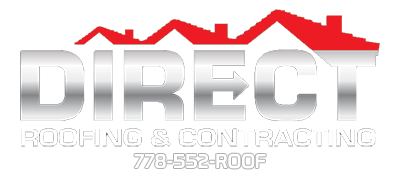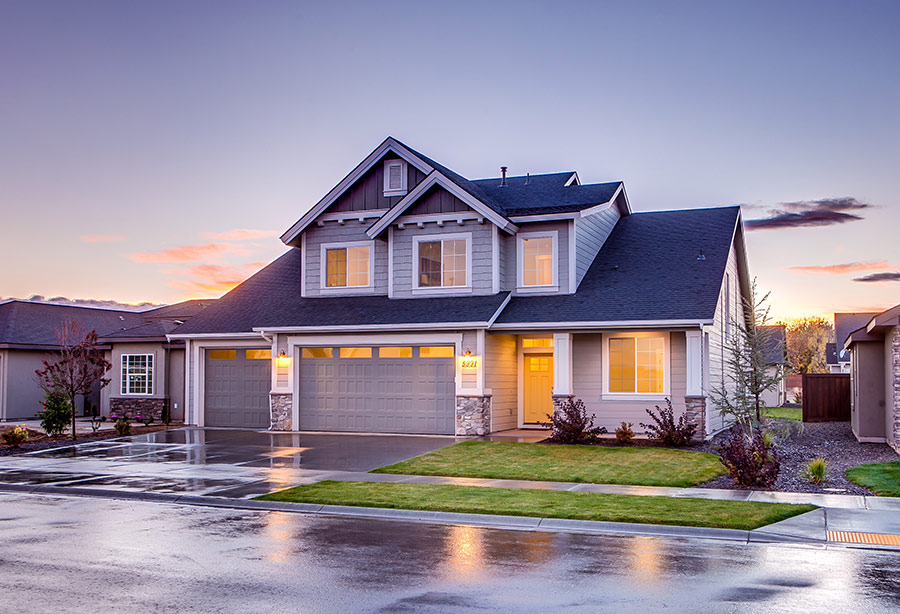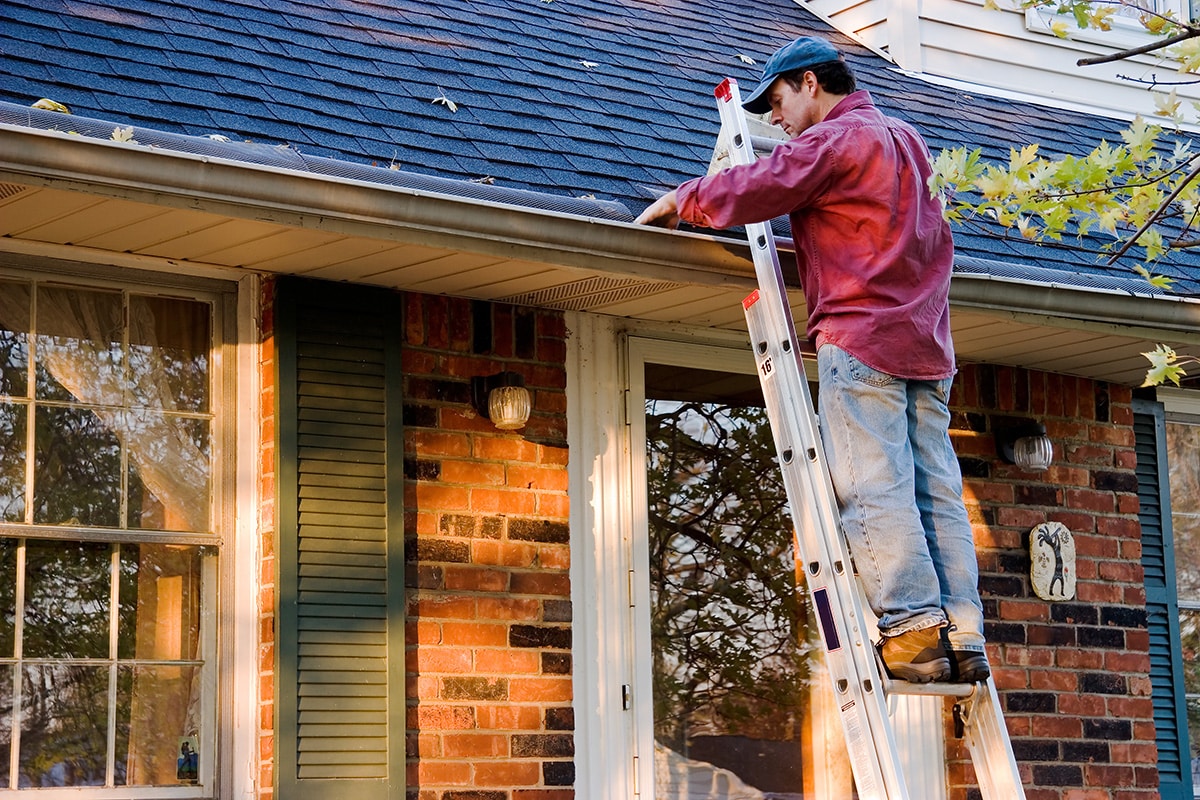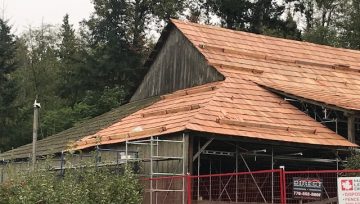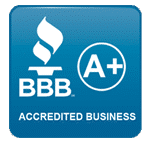Your home doesn’t just have a roof, it has an entire roofing system. Spring, summer and fall are the times when you inspect your roof, do roof repairs and install a new roof if needed. As we head into spring, before you do anything with your roof, it will help to get more acquainted with the parts of your roofing system and the role each one plays in protecting your home.
Your roofing system has three main roles.
- Keep cool air in during the summer
- Keep warm air in during the winter.
- Keep out the elements, including wind, rain and snow
Each part of your roofing system helps your roof fulfill those roles.
1. Rafters
The rafters in your attic are the support structure for most of your roofing system.
2. Roof Deck
Wood sheathing is fastened on top of the rafter to form the roof deck on which the felt base layers and shingles are attached.
3. Felt Paper
The felt paper that is laid over the roof deck before shingles are attached provides a vapour barrier and moisture protection for the roof and everything below it. Moisture can get under your shingles and the felt paper helps keep that moisture out of your home.
4. Shingles
Usually if you think of your roof, you think of its shingles. They are the first line of defense in your roofing system against the elements. While asphalt shingles are installed in over 70% of Toronto’s homes, other materials, including fibreglass and cedar shingles, are increasingly popular.
5. Roof Vents
Vents allow outside air into and out of your attic to keep your roofing system support structure dry, strong and mold-free.
6. Flashing
Metal flashing is installed around protuberances on the roof, like chimneys and vents, to keep moisture from getting into the the roof.
7. Soffit
The roof’s soffit covers the underside of the part of the roof that extends beyond the walls of the house (known as the eaves). They help prevent moisture, birds and animals from getting into the roof’s support structure.
8. Fascia
The fascia covers the exposed ends of the rafters along the outside edge of the roof. In addition to preventing moisture and pests from getting into the roof’s support structure, the fascia is also the surface to which the eavestroughs are connected.
9. Eavestroughs and Downspouts
Eavestroughs are connected along the full length of the eaves on the outermost edge of the roof. They collect moisture that runs off the shingles in a rain or during snowmelt, and funnels it to the downspouts, which carry the water away from the house.
Now that you know more about the roofing system of your house, you can make more informed decisions about roofing maintenance, repairs and new roof installations.
